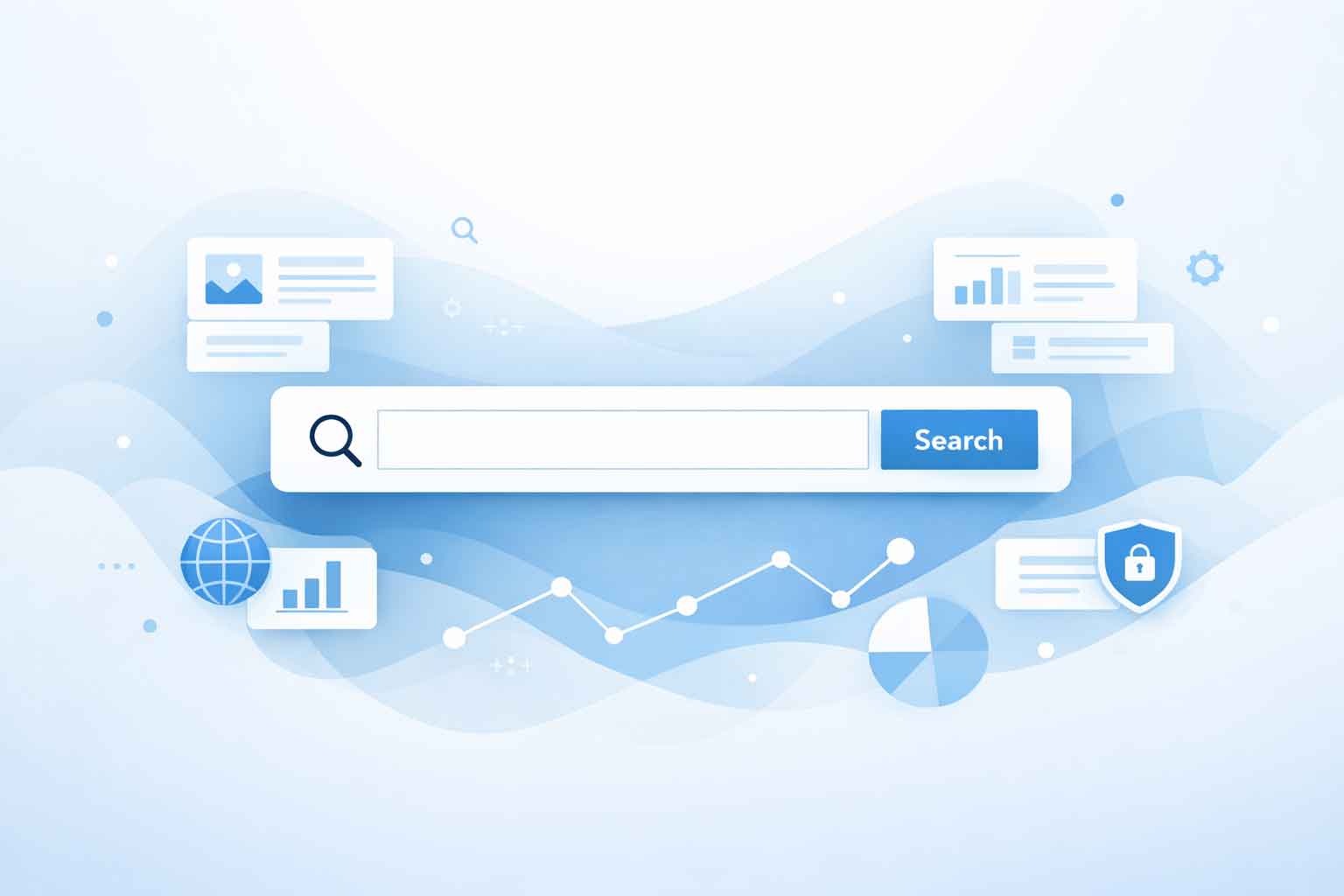How Internal Linking Enhances User Experience and SEO
When designing and maintaining a website, it’s important to keep a focus on both the aesthetics and the core structure of the website. It’s quite easy to focus solely on aesthetic aspects of website design, and nearly completely neglect the underlying structural components. These underlying structural pieces can significantly impact user experience and search engine optimization (SEO). One of the most important of these critical components are internal links.The internal links on a website, going from one page to another, play a pivotal role in enhancing navigation, increasing page views, aiding in search engine indexing, distributing page authority, and providing contextual relevance.
Benefits of Internal Links
From SEO to user engagement to simple an increase in ROI, there are countless benefits to internal links.
Improved Navigation
Imagine going to a new city and being tasked with navigating through it without any signs or a map. Finding a building or location would be a challenging task. Internal links on your website act as sort of digital signposts, guiding users to other related content and important pages. You can create an easy to follow and easy to navigate online experience to your users by providing these internal links.
For example, assume you have a blog post discussing the basics of a product or server, say SEO. By linking to other articles or pages covering more advanced SEO techniques, you provide the users with an easy to follow experience. Best of all you can help deepen their understanding of the topic at hand. This not only helps human users find the information and resources they need, but also encourages those users to spend more time on your site. As their time on the site goes up, so do your odds of engagement and satisfaction.
Increased Page Views
One of the key stats for a successful page is the number of pages viewed by a user. Having more internal links encourages users to explore deeper into your website. When a visitor lands on a page and finds links to other relevant articles or products, that user is much more likely to click through to the new page and continue browsing. This increase in engagement and activity can lead to a higher number of page views and a lower bounce rate.
Consider an e-commerce site selling electronics. That site’s store might link to other related products within product descriptions or related categories. A user viewing a page listing smartphones for sale might see links to compatible accessories, such as screen protectors and cases. By having these links, the website not only helps users find everything they need but also increases possible recurring sales.
Better Indexing by Search Engines
To determine their rankings, search engines like Google will use various bots to crawl and index web pages. These bots use the internal links on a website to find new content and understand the structure of the given website. The implementation and structured use of Internal links play an important role in guiding these bots to find and explore all the pages of a website.
When a page has multiple links going to it, search engines can key in that the given page is important or essential to that website and business. For instance, a business’ website might link to its core service pages from the websites homepage. Doing this can help to ensure that search engines crawl and index these crucial pages, improving their chances of ranking higher in search results.
Distributing Page Authority
Page authority, sometimes referred to as “link juice,” is a measure of the strength or ranking potential of a given web page. By having a number of Internal links on your website, you can distribute this authority across many pages of your website. When you link from an authoritative page to a less or non authoritative page, you distribute some of that authority along to the weaker authoritative page. Doing this can help boost the linked page’s potential to rank well, while not having a negative impact on the more authoritative page.
For example, if you have a blog post that has garnered a lot of external backlinks and traffic, linking from this post to a newer, less-established post can help the latter gain authority. This internal linking strategy can be particularly beneficial for new content, helping it gain visibility and rank more quickly.
Contextual Relevance
Internal links can help provide definition for the linked content. This can help search engines understand the connection and relationship between the different pages. When related content is linked together, it creates a connection or pairing that search engines can recognize. This contextual relevance can improve the ranking of your pages for various search queries users are searching for.
For instance, a travel blog might have separate articles on various destinations. By linking these articles together with anchor text like “best places to visit in Europe” or “top attractions in Asia,” the blog signals to search engines the relevance and relationship of these topics. This practice can enhance the blog’s authority on travel-related keywords.
Examples of Effective Internal Linking
To illustrate the power of internal linking, let’s look at some examples across different types of websites.
Blog Posts
Aside from a great opportunity to share information with your users, blog posts are an excellent place for internal linking. When writing a post, you can include links to other relevant articles and provide readers with additional information. Doing this can again keep users on your site longer and help lead to great conversion rates.
If you run a fitness blog and have an article on “The Benefits of Regular Exercise,” that article could link to other articles you’ve written such as “Best Exercises for Weight Loss” or “How to Create a Balanced Workout Routine.” This helps readers find more valuable content and also boosts the SEO performance of the linked articles.
Service Pages
Service-based websites can use internal links to showcase their range of offerings and provide more context to potential clients. Linking related services or case studies can help visitors understand the full scope of your expertise.
For instance, a digital marketing agency might have separate pages for SEO, social media marketing, and content creation. By linking these service pages together, the agency can guide users to explore all their services, increasing the chances of cross-selling and providing a comprehensive understanding of their capabilities.
E-commerce Sites
E-commerce websites benefit significantly from internal linking, as it can enhance the shopping experience and boost sales. By linking related products or categories, you can help users discover complementary items and make more informed purchasing decisions.
For example, a fashion retailer might link from a product page for a dress to accessories that match the dress, such as shoes, bags, and jewelry. This strategy not only improves user experience but also increases the likelihood of additional purchases.
Conclusion
Internal links are a powerful tool for enhancing user experience, improving SEO, and driving conversions on your website. By strategically placing internal links, you can create a seamless navigation experience, encourage users to explore more content, ensure better indexing by search engines, distribute page authority, and provide contextual relevance.Incorporating effective internal linking strategies into your website’s design and content management can yield significant benefits, making it easier for users and search engines to navigate and understand your site. Whether you’re running a blog, service-based website, or e-commerce store, internal links are an essential element for maximizing your online presence and achieving your business goals.









